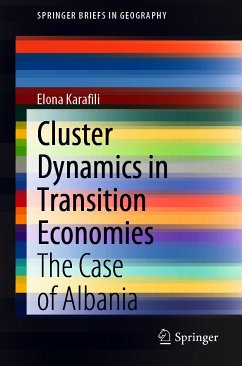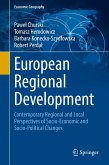In developing countries, the 'model' of the developed countries, is often seen as the endpoint of a trajectory that must be followed meticulously, implying a view on modernization as a linear and uniform process. They tend to import policies from these 'success models' showing minimal regard to their context and institutional capabilities; therefore, more often than not, such policies show little effectiveness.
This research on cluster policies in Albania confirms this. It suggests that in Albania there is a need to revise the way of thinking about clusters, considering them first and foremost as relational networks, instead of physically bound industrial districts.
While there is questioning of top-down policies and the national innovation systems prerogative, the suggested model by this research, in line with some of the most recent policy frameworks, advocates the need for flexibility, bottom-up initiatives and place-based approaches.
By means of conclusion, the book comes up with an alternative model of territorial policies for cluster development, shifting from 'static' towards 'dynamic' planning.
Dieser Download kann aus rechtlichen Gründen nur mit Rechnungsadresse in A, B, BG, CY, CZ, D, DK, EW, E, FIN, F, GR, HR, H, IRL, I, LT, L, LR, M, NL, PL, P, R, S, SLO, SK ausgeliefert werden.
Hinweis: Dieser Artikel kann nur an eine deutsche Lieferadresse ausgeliefert werden.









